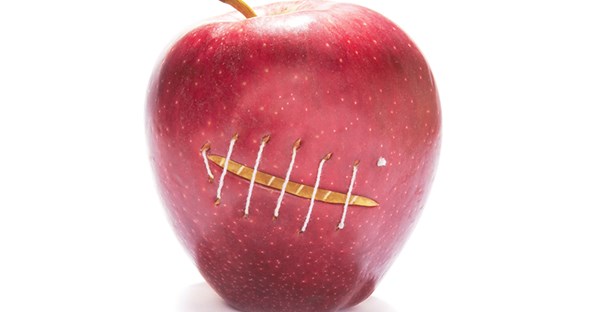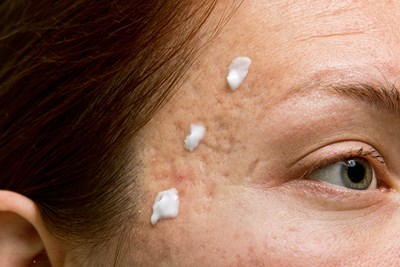Scars can result from anything from minor injuries to major surgeries. Although there are many different treatments for getting rid of scars, treatment depends on the type of scar that you have. Here’s a look at the different types of scars that can form on the human body.
How Do Scars Form?
Scars are a composition of fibrous tissue that form during the healing process of an injury. Rather than looking like the surrounding skin, the new cells change as a result of white blood cells that fight bacteria in the area. The older you get, the more likely you are to form scars, because younger skin is more resilient. Many other things can impact the formation of scars, such as medications you might be taking, the kind of nutrition your body receives, and your overall health. Sometimes, the injury that caused the scar can even impact what type of scar forms. Although the different types of scars may be divided up into more specific types, there are four main types of scars that occur as a result of external skin wounds.
Atrophic Scars
Atrophic scars are generally caused by issues like acne or chickenpox as well as by surgeries and certain injuries. They are characterized by a depression in the skin, although they may also be flush with the skin. The depression of atrophic scars develops because not only the skin, but the fat or other tissues beneath the skin are damaged. Atrophic scars are divided into further categories, depending on the exact nature of the scar and how it developed.
Keloid Scars
Keloid scars rise above the surrounding skin, rather than falling below it. More common in darker skin colors, these scars develop as a result of an over-aggressive attempt by the body to heal the wound. Too much collagen is produced while healing and so too many skin cells form. Keloid scars appear not only where the injury occurred, but also spread beyond the borders of the wound. In appearance, they tend to be very thick and irregular; discoloration may occur as a reddish or darkening of the scar area. Keloid scars can be difficult to get rid of, often requiring procedures such as cryotherapy or even surgery. Unfortunately, the scar may still reappear.
Hypertrophic Scars
Hypertrophic scars also rise upward as opposed to downward, but stay confined to the area where the wound occurred. They generally occur as a response to wounds and infections. While keloid scars tend to keep getting worse, hypertrophic scars may eventually get better, despite their similar red, thick, raised appearance at first. Hypertrophic scars may respond well to over the counter silicone sheets treatments, although more tenacious scars may require steroid treatment to improve the appearance. Steroid treatment, in both keloid and hypertrophic scars, may also work to reduce discomfort and discoloration caused by the scar.
Contracture Scars
Contracture scars result when an area of the skin is actually lost to the body, generally as a result of a burn. This may include deeper tissues, depending upon the severity of the burn. Contractures are actually a complication of burns or burn scars and can be avoided, but unfortunately often are not. The scar that forms as a result of the burn tightens up, and grows thicker than normal, making movement difficult. Depending on where they form, contractures may even interfere with movement, especially in young children. Taking measures to prevent the formation of contractures is the best method of treatment.




